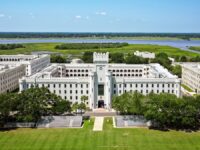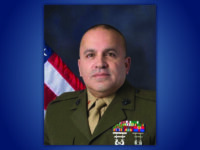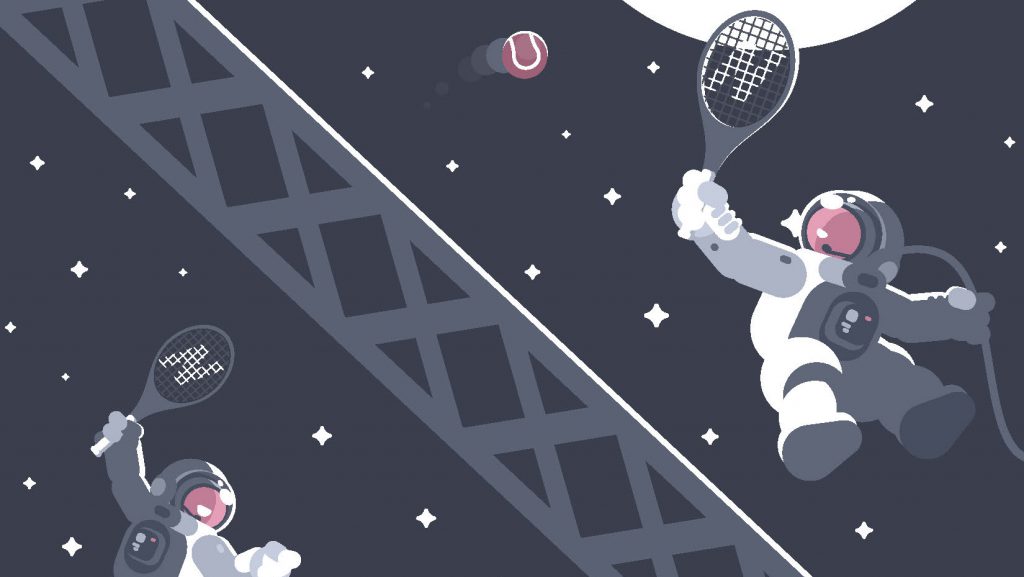
An excerpt from Science Scope, January 2019, Volume 42
Science Scope is the National Science Teachers Association peer-reviewed journal for middle level and junior high school science teachers. The publication published a collaborative project by three professors from The Citadel who are committed to supporting STEM and literacy education at all levels. “Staying fit in space” provides an interdisciplinary unit middle school teachers can use, based on a project during which students researched the effects of exercise in space. Part of their research was conducted in coordination with NASA and Citadel alumnus/astronaut, Col. Randy Bresnik, while he was commanding a mission on the International Space Station.
This is a consolidated excerpt from that journal article. Read the full article here, courtesy of Science Scope.
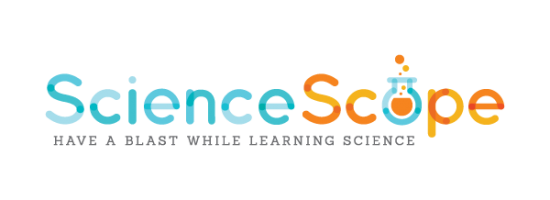
Staying fit in space
In space, astronauts have to exercise every day to prevent muscle and bone loss. However, exercising in space is much different from what we’re used to on Earth. Astronauts need to use exercise equipment designed for space because objects on Earth are much lighter in space due to microgravity, the state in which all objects fall at the same rate and appear to float.
To engage students’ prior knowledge about life in space, we start the lesson by showing them a video clip about the ISS, a research laboratory staffed with national and international scientists that continually orbits Earth at 402 km (250 mi.) above Earth’s surface. In a discussion following the video clip, students mentioned that “being in space is a lot more than just being hundreds of miles above the Earth’s surface.” This comment led to a discussion on how basic activities on Earth are very difficult to carry out in space. As a class, we list activities (e.g., walking, eating) that would be difficult to do on the ISS and activities (e.g., flying) that would be easier on the ISS. We then ask students to brainstorm what made some activities easier and others harder.
To connect to the central focus and goals of the learning segment, we ask students to brainstorm about how microgravity affects the human body and why it might be necessary but difficult to exercise in space. We suggest asking students to think of moments when they may have experienced weightlessness (e.g., jumping on a trampoline or riding a roller coaster). We then ask students to think about how we can measure the effects of exercise on the body. Most students have heard of an exercise tracker such as a FitBit. We suggest asking, “What does the exercise tracker monitor?”
Explaining
We begin the Explain phase with a discussion about the human body in space to prepare students for a collaborative research project. We tell students that the heart is made up of the unique cardiac muscle, which tirelessly contracts approximately 100,000 times a day, and then we ask why they think the heart needs to contract. Student answers varied, but many said that the cells in our body require oxygen and nutrients and that we need an efficient delivery system to supply the cells with their requirements and remove waste products.
We provide students with specific examples focusing on the role of the heart in the human body, saying: “Every time it contracts, the heart ejects blood at a high force around the body. Cells that work more need a greater supply of blood. For example, during exercise, muscle cells are working harder and need more oxygen and nutrients. The heart is also beating faster, generating a greater force and pumping blood around the body at a faster pace.”
Challenge
In the Elaborate phase, students select an astronaut currently serving on the ISS, design an activity tracker based on that astronaut’s profile, and create a video advertisement to sell their activity tracker to their selected astronaut. These activities engage students in authentic design-based thinking and problem solving and can be linked to technology, mathematics, and English/language arts standards.
Conversation with an astronaut
I enjoyed the great Q’s today from Laing Middle School students- STEM to Space! Can you spot Mt Pleasant SC in this pic from @Space_Station? pic.twitter.com/WBW73yivrf
— Randy Bresnik (@AstroKomrade) October 2, 2017
In the culminating assessment for this lesson, students have a conversation with an astronaut on the ISS. To prepare for the conversation, students create questions that draw upon their experiences with the class discussion, lab, and health band activities. As a class, students debate the merits of various questions and select five questions to ask astronaut Randy Bresnik during the LiveLink conversation.
(Watch a video from the conversation below.)
Conclusion
This learning segment engages students in a variety of activities, such as discussion, debate, experimentation, design, and multimodal presentation, all of which support active learning about important STEM topics. Students also have the opportunity to think critically about potential STEM careers and career pathways.
As astronaut Randy Bresnik stated during the LiveLink”
We need people beyond us to do this job and take us beyond the space station. That’s you guys in school, you guys studying and looking at all these neat things in STEM, that are allowing you to figure out how to make things, create things, engineer things. You guys can be the astronauts to take us to Mars and beyond.
The authors
Jennifer Albert, Ph.D., Director of The Citadel STEM Center of Excellence
Sarah Imam, M.D., Professor of Health and Human Performance
Robin Jocius, Ph.D., Professor and program coordinator for Literacy Education in the Zucker Family School of Education at The Citadel.
Need more information ?
For more information, please contact the director of The Citadel STEM Center of Excellence , Dr. Jennifer Albert, at jalbert@citadel.edu.

 My Ring Story: Being a cadet at The Citadel made me bolder and encouraged me to pursue challenges
My Ring Story: Being a cadet at The Citadel made me bolder and encouraged me to pursue challenges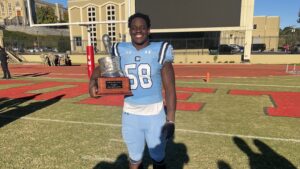 My Ring Story: Nothing good comes easy
My Ring Story: Nothing good comes easy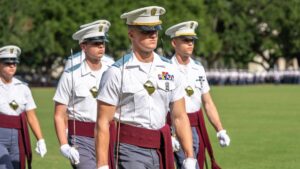 My Ring Story: Teamwork, determination and curiosity
My Ring Story: Teamwork, determination and curiosity